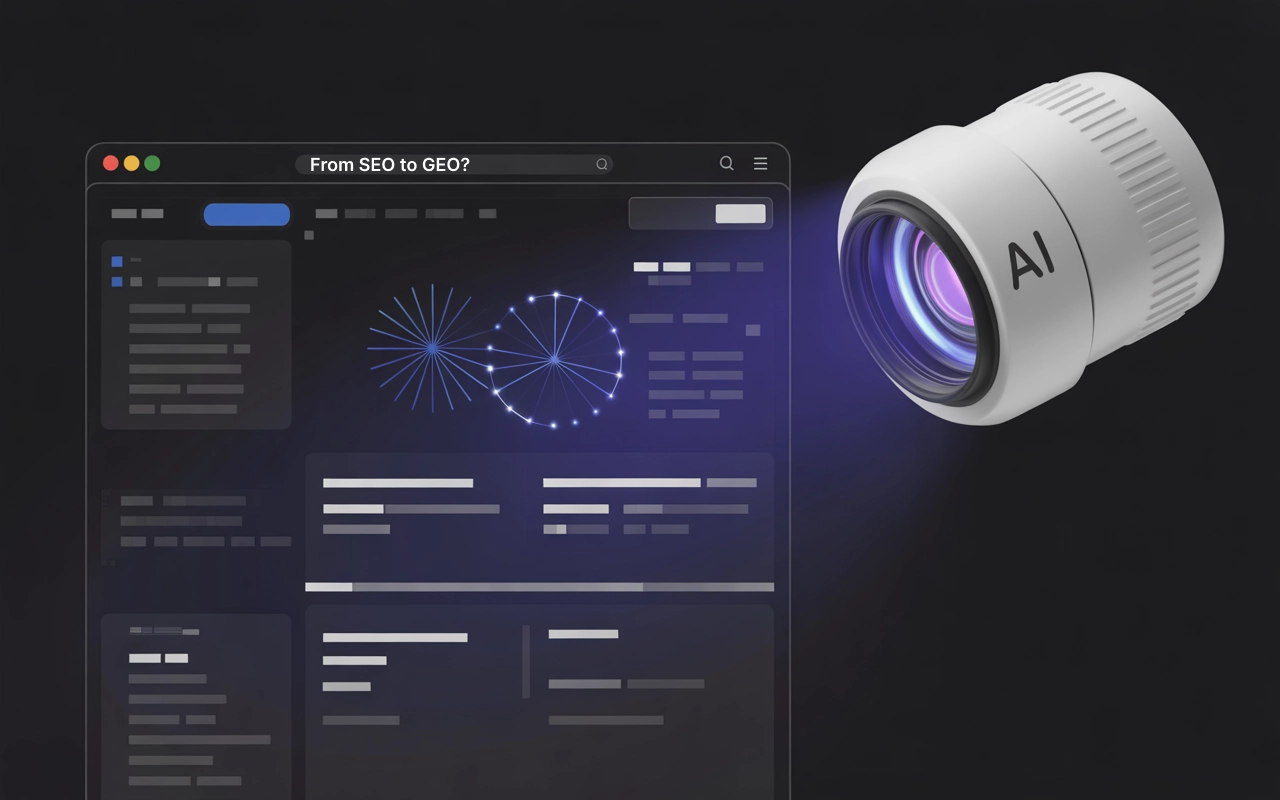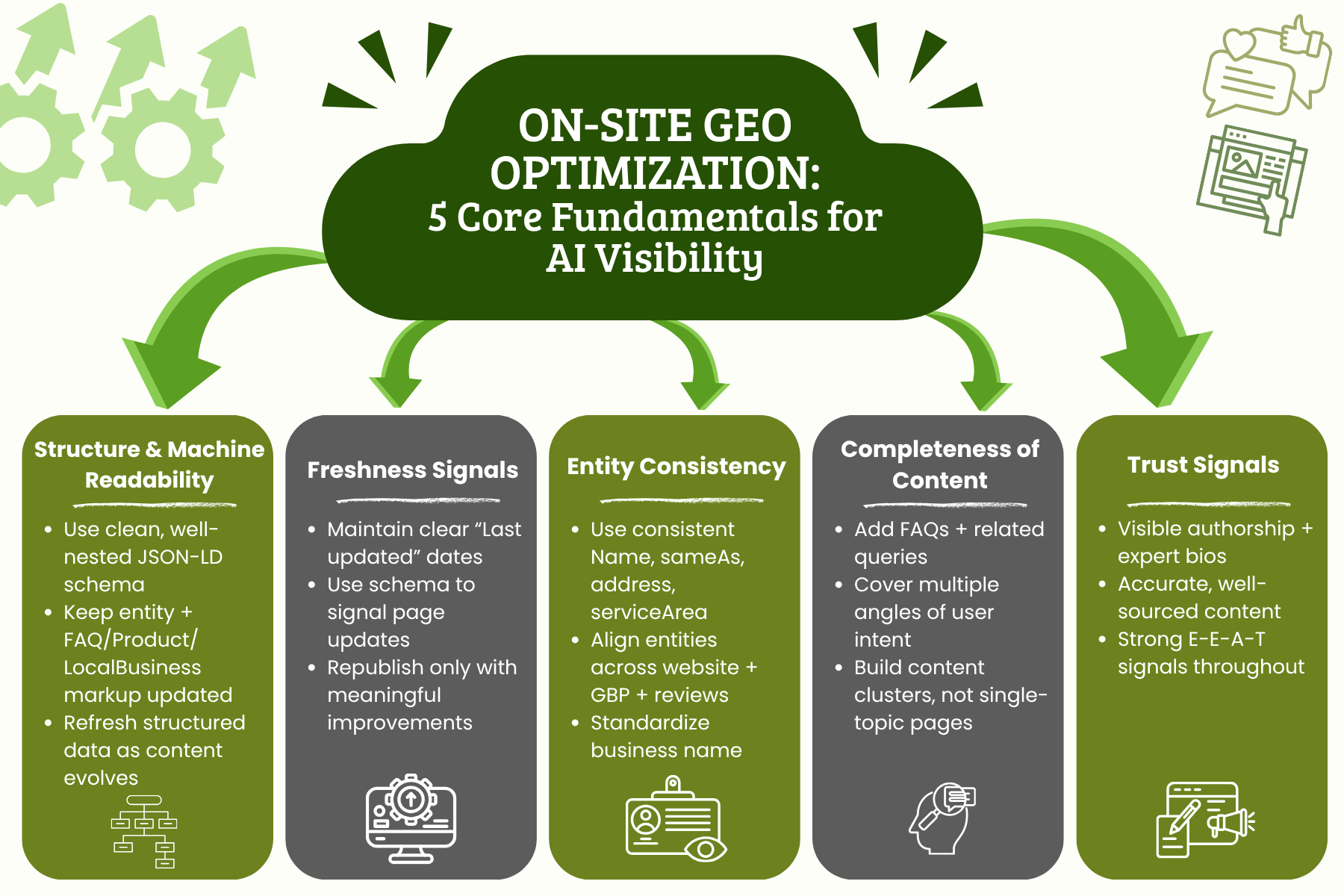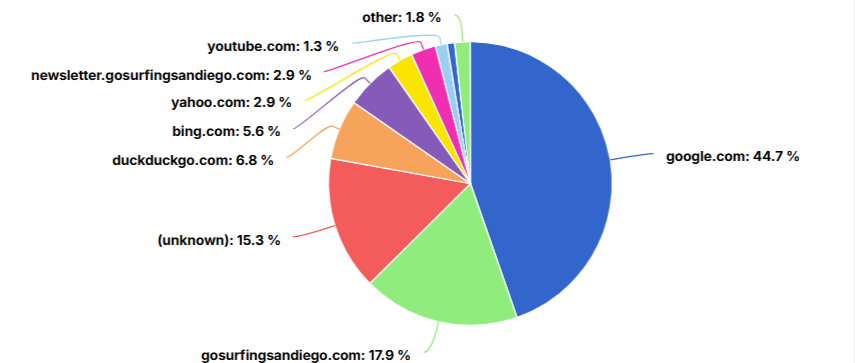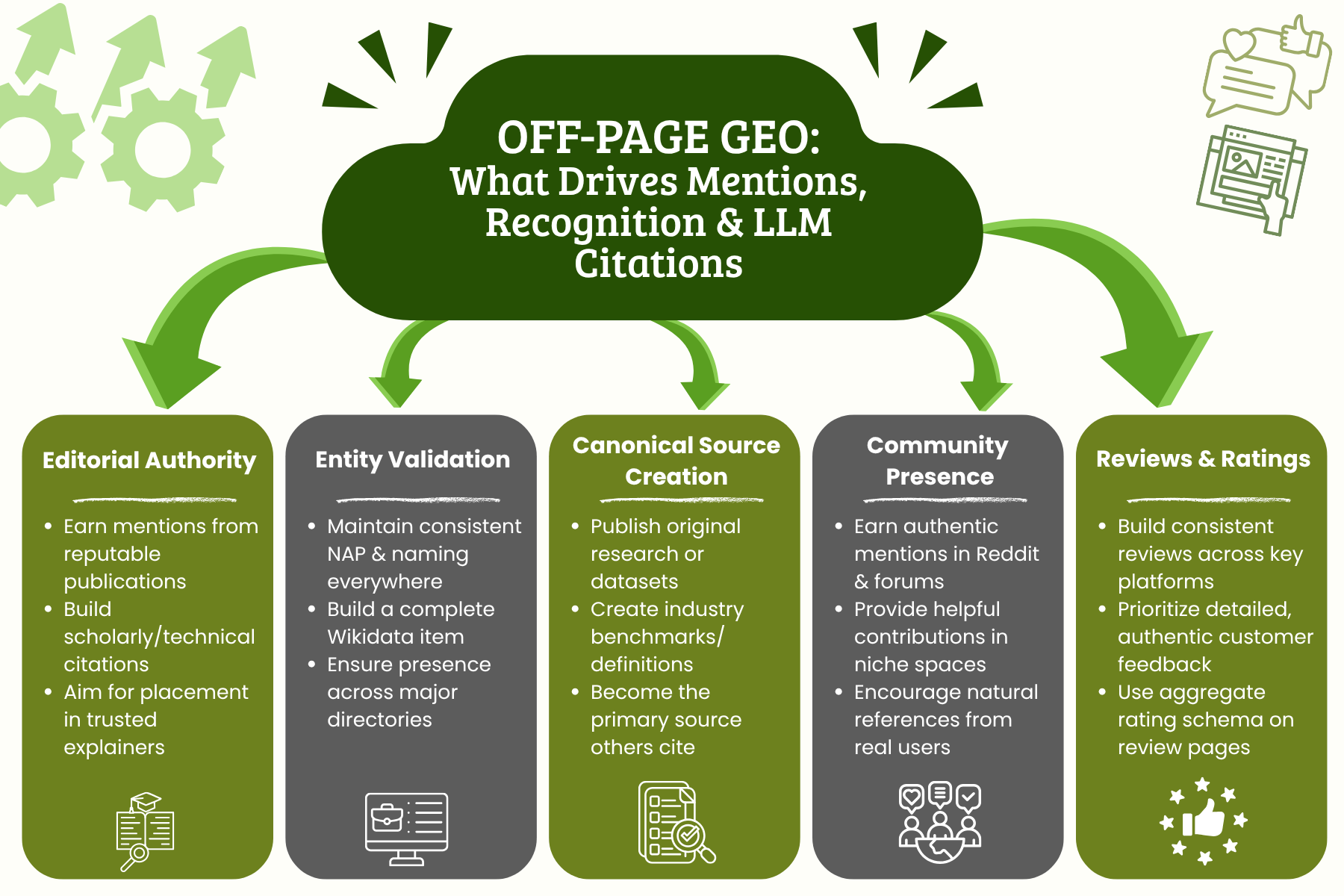How to Optimize for GEO: Generative Experience Optimization in the AI Search Era

Whenever I mention GEO (Generative Experience Optimization) to publishers and brands, I usually get one of two responses (after they ask what the acronym means):
“Isn’t that just a fad? Is AI really here to stay?” Or “Can’t I just wait until more data comes out?”
It's not surprising. The contrarian and the skeptic come out in many of us when faced with uncertainty. But, we’ve crossed the chasm with AI and its role in GEO. We know it's here to stay, and more people will be using it to gain information and make decisions in the years to come. And we now know what LLM’s use to organize and prioritize the answers they provide. So while being contrarian has its place, it no longer serves you well with GEO.
Here's what you need to know: AI Overviews already cut click-throughs by 34.5%. Your audience now researches, shops, and learns through ChatGPT, Perplexity, and Claude. If your content isn't optimized for these systems, you're invisible in an increasingly important channel. The good news? We're early enough that getting it right now creates a significant competitive advantage. This article will show you exactly how to do it.
Here's what I've learned after spending the last 18 months studying how brands appear in AI Overviews, ChatGPT, and Perplexity: GEO isn't replacing SEO, at least not any time soon. It's the next layer of visibility optimization you need to understand. And if you're a publisher or brand, getting it right now gives you a real advantage.
What GEO actually means
GEO stands for Generative Experience Optimization (some people call it Generative Engine Optimization, but I prefer Experience because that's what we're really optimizing for).
It's the practice of optimizing your content so AI systems like ChatGPT, Claude, Perplexity, and Google's AI Overviews can understand, cite, and present it accurately when answering user queries. Other terms include AEO and AIO but for the purposes of this article, GEO will cover them all. Below are practical strategies:
Why GEO matters right now
The search landscape is expanding rapidly. Google's AI Overviews now appear for commercial intent searches, not just informational queries. ChatGPT is citing sources in conversational responses. Perplexity is building entire answer engines that synthesize information across multiple sources.
Recent research analyzing 300,000 keywords found that AI Overviews reduce clickthrough rates by approximately 34.5% for top-ranking pages.
So, while traditional search is still very relevant, it's clear that AI Overviews are stealing clicks that used to go to websites. That's not a future problem… it's happening right now.
Your audience isn't just encountering AI on Google. They're using ChatGPT to research decisions. They're asking Perplexity for recommendations. They're relying on Claude for detailed explanations. And if your content isn't optimized for these systems, you don't exist to them at all. Traditional SEO helps search engines find your content. GEO helps AI systems understand and represent it accurately. That's why GEO matters right now. It's not replacing SEO. It's extending your visibility into the channels where search is evolving.
What GEO optimization actually involves
After analyzing what actually gets cited in AI-generated responses, I've found that GEO breaks down into two main areas: what you control on your site, and how the rest of the web talks about you. Let's start with on-page optimization.
On-site GEO Optimization
After analyzing what actually gets cited in AI-generated responses, we’ve identified five core pillars of GEO optimization. No, it isn’t comprehensive, there is plenty of nuance. And yes, this will continue to evolve, probably rapidly. But, these five pillars are the fundamentals.

How Technology Can Scale GEO for Publishers
Even when you know what to optimize for, implementing GEO at scale can be a real challenge, especially for publishers managing hundreds of thousands of URLs. Structured data, content freshness, and entity consistency can’t solely be relied on manual updates. That’s where technology becomes crucial.
Modern ad tech and site intelligence platforms like Ezoic are leading the industry when it comes to helping publishers make data-driven decisions through advanced analytics that help with overall performance including these GEO-aligned improvements. Here’s how:
1) Freshness and Performance Signals: AI models and users prefer updated, high-performing content that gets down to answering the root of their question. We’re in a time where search queries are going to be more indicative of quicker intent to outcome, meaning, which content provides the most valuable information based on my search criteria and gets me to where I want to go next as quickly and effectively as possible. Through real-time testing and content delivery optimization, Ezoic identifies which pages perform best across your audience. By identifying their best-performing landing pages and details like ideal word count, publishers can double down on content that actually resonates.

2) Entity Consistency and Data Alignment: For search/AI systems, entity recognition is about consistently, clearly, and verifiably defining who or what you are (on your site and across the wider web) using accurate, and corroborated information. Repetition only helps when it reinforces that clarity and not as a strategy on its own. Whether you’re a solopreneur or a large enterprise, the ability to break down content performance is invaluable when it comes to optimizing for a new wave of search. Ezoic’s robust analytics include author metrics (allows you to evaluate content performance across your writers) to category reporting (which topics garner the most traffic and which ones are suffering). Being able to automatically identify content opportunities saves publishers time, money, and resources and gives them a clear direction to ensure their content strategy is being optimized for SEO, GEO, video, and beyond.
3) Data Feedback Loops for GEO: GEO isn’t a “set it and forget it” process, but rather a continuous feedback process. Ezoic’s analytics and AI-driven experiments give publishers insight into which content earns engagement, visibility, and monetization benefits across different channels. These data loops help you test and refine what AI systems are likely to get recognized and cited.

It’s important to really understand not just what content is performing well, but how and where. Reviewing the User Experience subreports by device type, page, and traffic sources really paints the picture of how your audience interacts with your content and across which medians. Additionally, reporting on social sharing also shows which content is being distributed across the web, yet another strong positive signal for LLMs.
Ezoic’s technology directly supports GEO’s goals: organizing, updating, validating, and scaling content so AI systems can see and use it. All of these automations occur while improving revenue and reader experience across the site. For publishers, this turns GEO from a theory into something testable and repeatable.
Off-page GEO
Off-page GEO overlaps significantly with traditional link building, but with a sharper focus on entity building, high-authority editorial mentions, and structured citations. Based on analyzing citation patterns in ChatGPT, Perplexity, and AI Overviews, here are five components that matter most for LLM visibility.

What’s coming next
We're already seeing the next evolution of generative search: agentic AI. ChatGPT's Agent Mode autonomously analyzes sites, identifies content gaps, and takes action. Perplexity is building entire answer engines that don't just retrieve information but synthesize and then recommend. This isn't just search that answers questions, but search that performs tasks.
And there's a second shift happening: entity validation.
In October 2024, ChatGPT fundamentally restructured how it recognizes brands. The average number of brands mentioned per response dropped from 6 to 3.5, and overall brand visibility fell 31%. This is related to their similarly-timed launch of ChatGPT Shopping. In essence, ChatGPT is now validating entities across Wikipedia, Reddit, review platforms, and news sources before it recommends them. If your brand isn't recognizable as a validated entity across those platforms, you won't pass the threshold.
Your GEO starting point
GEO doesn't replace SEO. It extends your visibility into the channels where search is evolving. Here's what matters most:
- On-site: Comprehensive schema. Regular content updates. Consistent entity data. Conversational completeness. Clear authorship and expertise.
- Off-site: Editorial mentions in authoritative outlets. Entity validation across platforms. Original research that others cite. Authentic community presence. Strong review profiles.
The publishers who get this right now have a real advantage. The ones who wait will be fighting uphill. SEO helps search engines find your content. GEO helps AI systems understand and represent it accurately.Both are necessary. And we're early enough that getting it right now matters.
Want to know where you stand?
We've developed a free GEO Snapshot audit that identifies citation gaps, structure issues, and freshness problems before generative discovery becomes your users' default. The audit evaluates your site across the five pillars covered in this article—structure, freshness, entities, breadth, and trust—and shows you exactly what's holding you back from AI citations. You can grab yours at https://201creative.com/geo-snapshot/.
*This was a collaborative blog post between authors Jared Bauman and Ezoic.*


